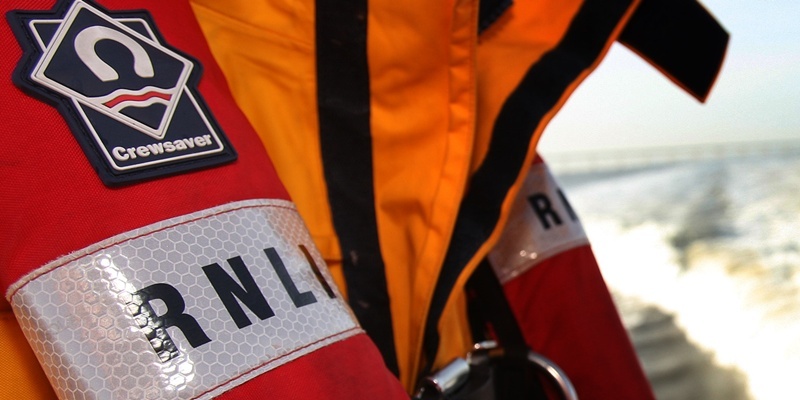Lifeboats in Scotland were launched nearly five times a day during a busy summer for the Royal National Lifeboat Institution (RNLI), according to figures released by the charity.
The RNLI’s 46 stations in Scotland launched a total of 417 times during the months of June, July and August an increase of 4% compared with the corresponding period in 2011.
Good weather on the west coast attracted more on to the water and meant stations there were busier than normal, while there was a drop in activity across the rest of the country, including Tayside and Fife.
Dundee’s Broughty Ferry lifeboat crew recorded a drop of 10 ”shouts” on last year but at 22 was still joint second highest in the country along with Anstruther, three callouts behind the busiest station Troon, which was up three on last year.
Arbroath had a total of six callouts, seven down on last year, while Montrose matched last year’s tally of nine.
The Anstruther crew was up one on last year, which can almost certainly be attributed to one of the more unusual challenges ever faced by crews when a large pod of pilot whales came ashore at the East Neuk.
The crew members joined other emergency services in trying to save the whales and, although some died, Gareth Norman, incident coordinator with British Divers Marine Life Rescue said: ”The RNLI crew played an invaluable role. Without them the rescue could have had a very different outcome.”
Murray Brown, coxswain of Broughty Ferry lifeboat, said the poor weather experienced on the east coast definitely had an effect on the numbers of callouts.
”Whether people were staying in to watch the Olympics or sheltering from the rain, it was a quieter summer than usual,” he said.
”Certainly the success of the Olympic yachtsmen and rowers didn’t convert to an increase in the numbers on the water here.
”The most memorable callout was the old lifeboat which was chugging up the east coast and had broken up on the rocks.
”They told us they were in St Andrews Bay. It was pretty choppy and we were trying to find them when we were stood down because they were actually round in Crail and the Anstruther crew picked them up.
”Another rescue was a man in the water at Dundee in June. He was lying face down for six minutes but he was revived by the inshore lifeboat crew who applied their lifesaving training and he was brought ashore alive.”
He added: ”Although it’s been quieter than usual the boys still come down to do their training, so we’re prepared for a callout at any time of the day or year.”
The busiest inshore station was Queensferry where the volunteers had 21 shouts, a drop of four compared with 2011.
Significant increases were experienced by the RNLI at its stations in Largs, Mallaig, Tobermory and Campbeltown on the west coast, while the charity’s newest station, at Leverburgh on Harris, had seven shouts.
The volunteer crew at Tobermory had a huge increase in activity, with a rise from two shouts in 2011 to 15 this year,
Paul Jennings, the RNLI’s divisional inspector for Scotland, said: ”Once again our volunteer lifeboat crews in Scotland have shown that they are committed and courageous individuals, on standby to save lives at sea come rain or shine.
”Behind the crews are a huge team of volunteers, the station management volunteers, shore helpers and fundraisers, to whom we owe our thanks for ensuring that the RNLI can keep on saving lives at sea.”
